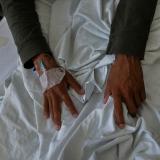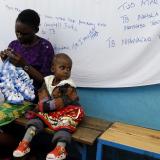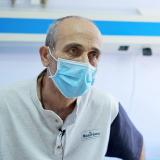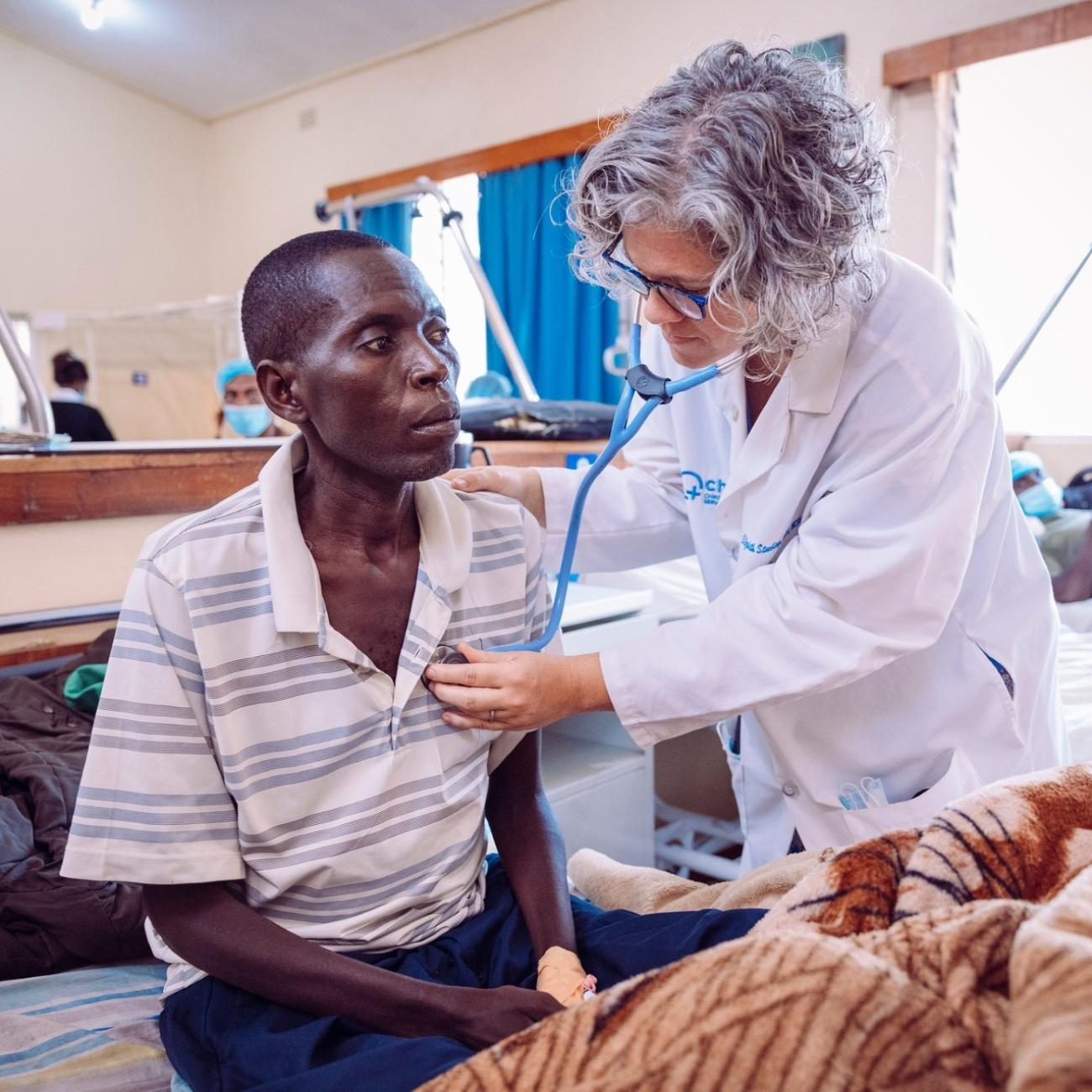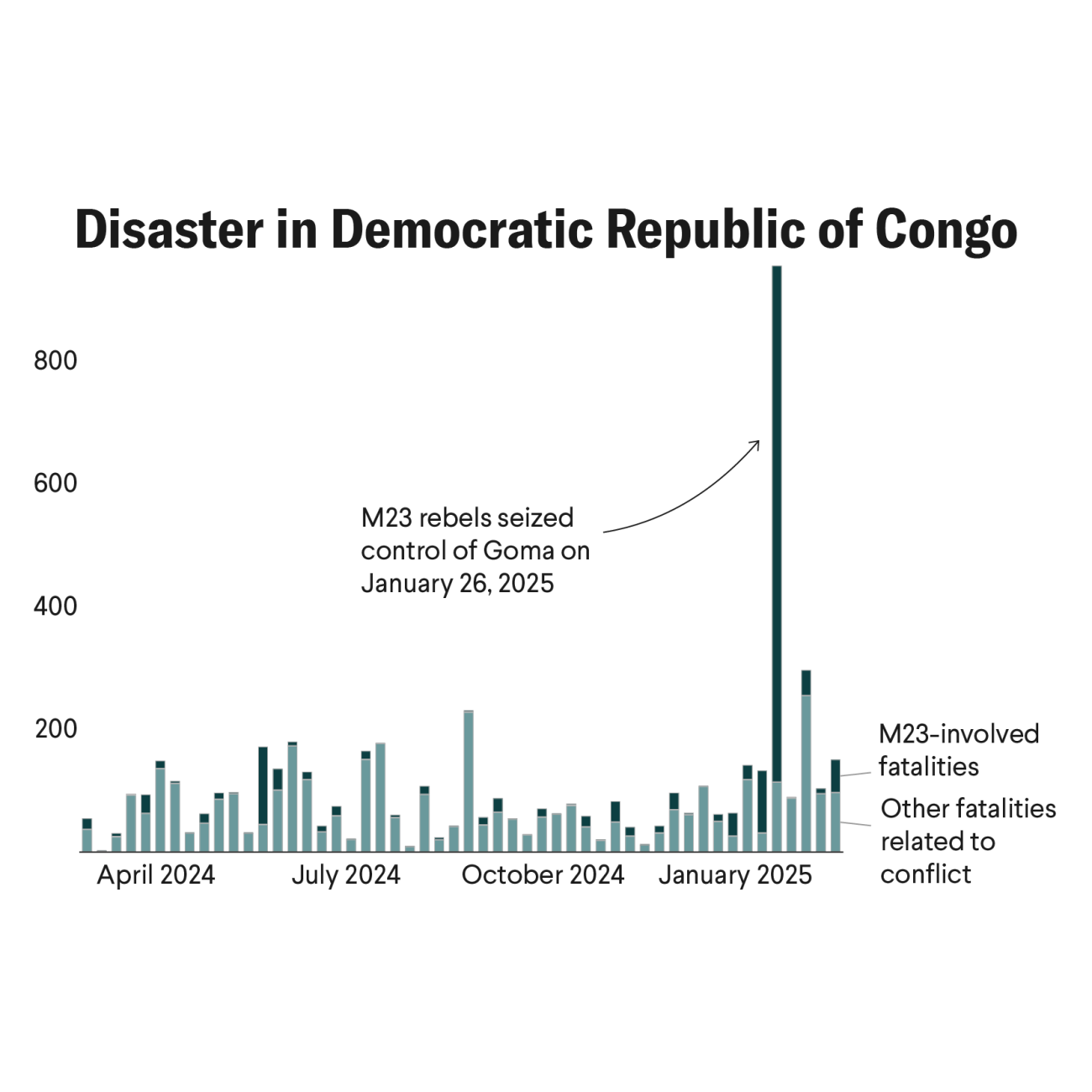In 2020, almost 10 million people worldwide became sick with tuberculosis (TB) and 1.5 million died, making TB the second deadliest infectious disease behind COVID-19. Like COVID, TB is primarily a respiratory virus, but it can affect other parts of the body, including the kidneys and brain. It's caused by a bacterium called mycobacterium tuberculosis that spreads through the air from one person to another.
While most cases show no symptoms—called latent TB—about five to 10 percent of infected people develop active symptoms including a chronic cough marked by blood-containing mucus, chest pain, fever, and chills. People with HIV and diabetes—more fragile immune systems—are more susceptible to TB infection.
Tuberculosis disproportionately affects people in low- and middle-income countries, with 98 percent of reported cases in LMICs. For the first time in a decade, deaths from tuberculosis are on the rise. The scope and intensity of the global tuberculosis epidemic is in large part fueled by inadequate and antiquated TB drugs, most of which were developed more than 50 years ago.
Treating Tuberculosis
Treatment for active tuberculosis usually consists of a cocktail of antibacterial medications taken over the course of six to twelve months. Many TB patients typically show signs of improvement in the first few weeks after starting treatment, so they may stop taking their medications early, but this can lead to drug-resistant TB, multidrug resistant and rifampicin-resistant TB (MDR/RR-TB), or extensively drug-resistant tuberculosis (XDR-TB)—what type it is depends on which drug or drugs a case is resistant to. Poor prescribing practices and difficulty accessing medications can lead to forms of drug-resistant TB, as well.
The Faces of Drug-Resistant Tuberculosis
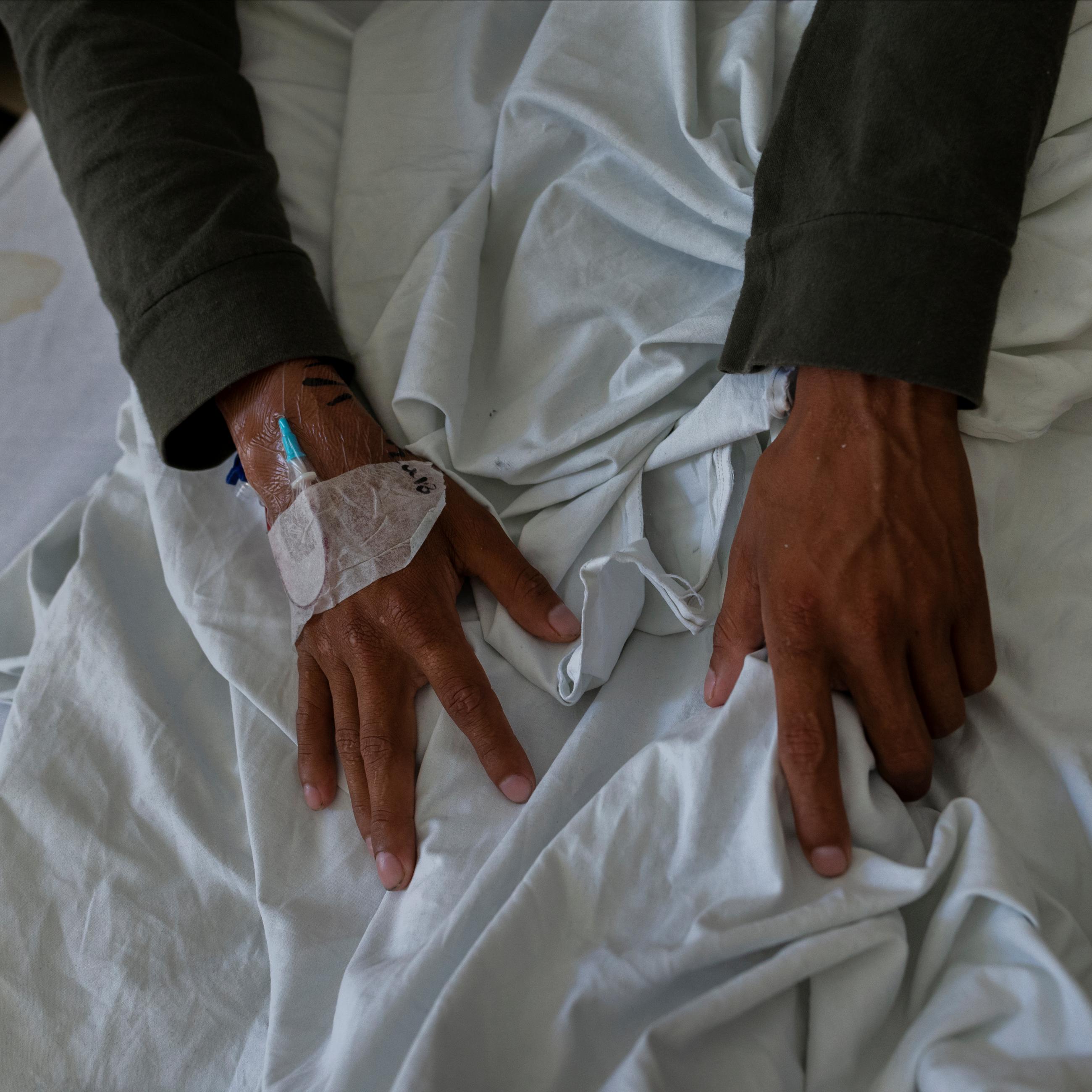
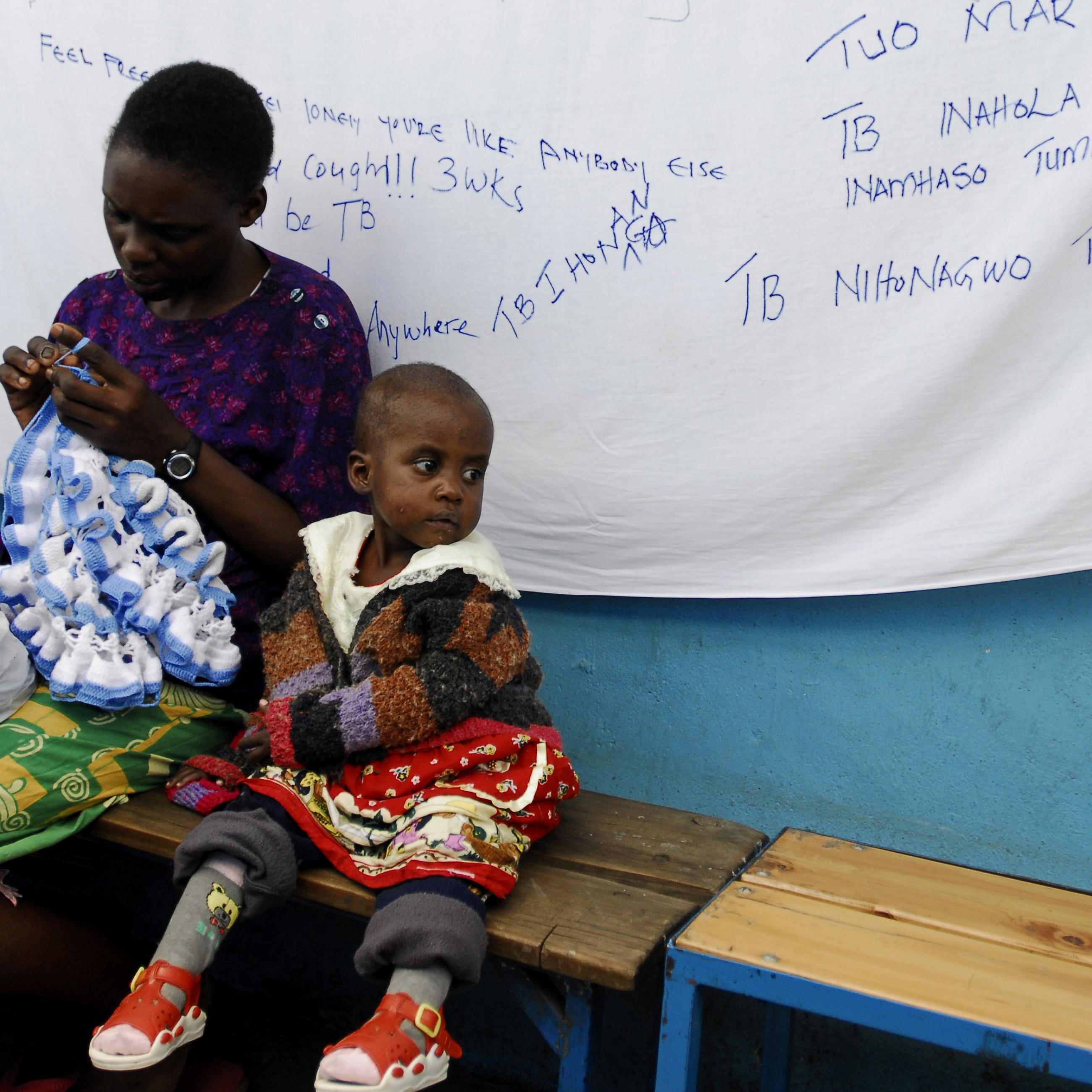
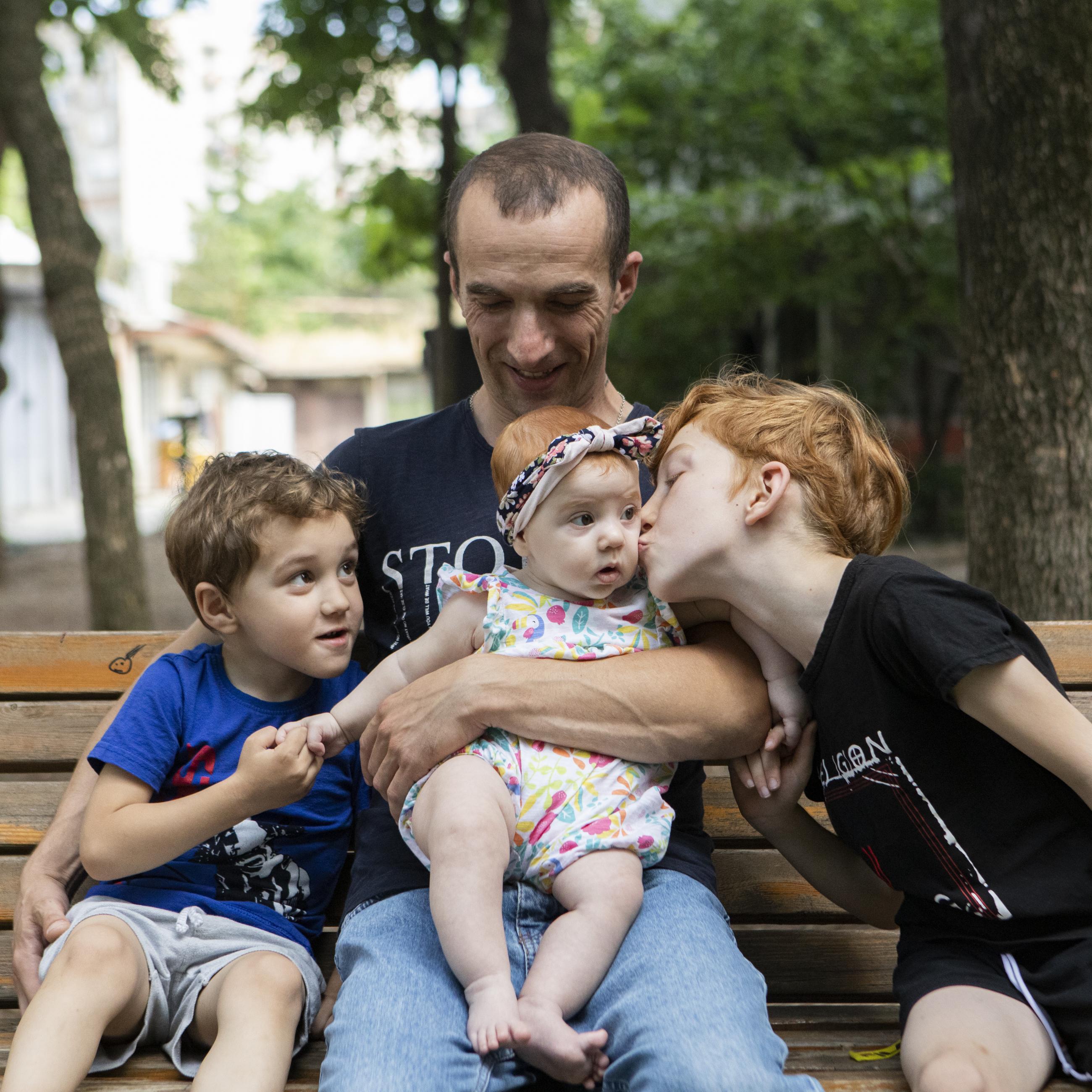
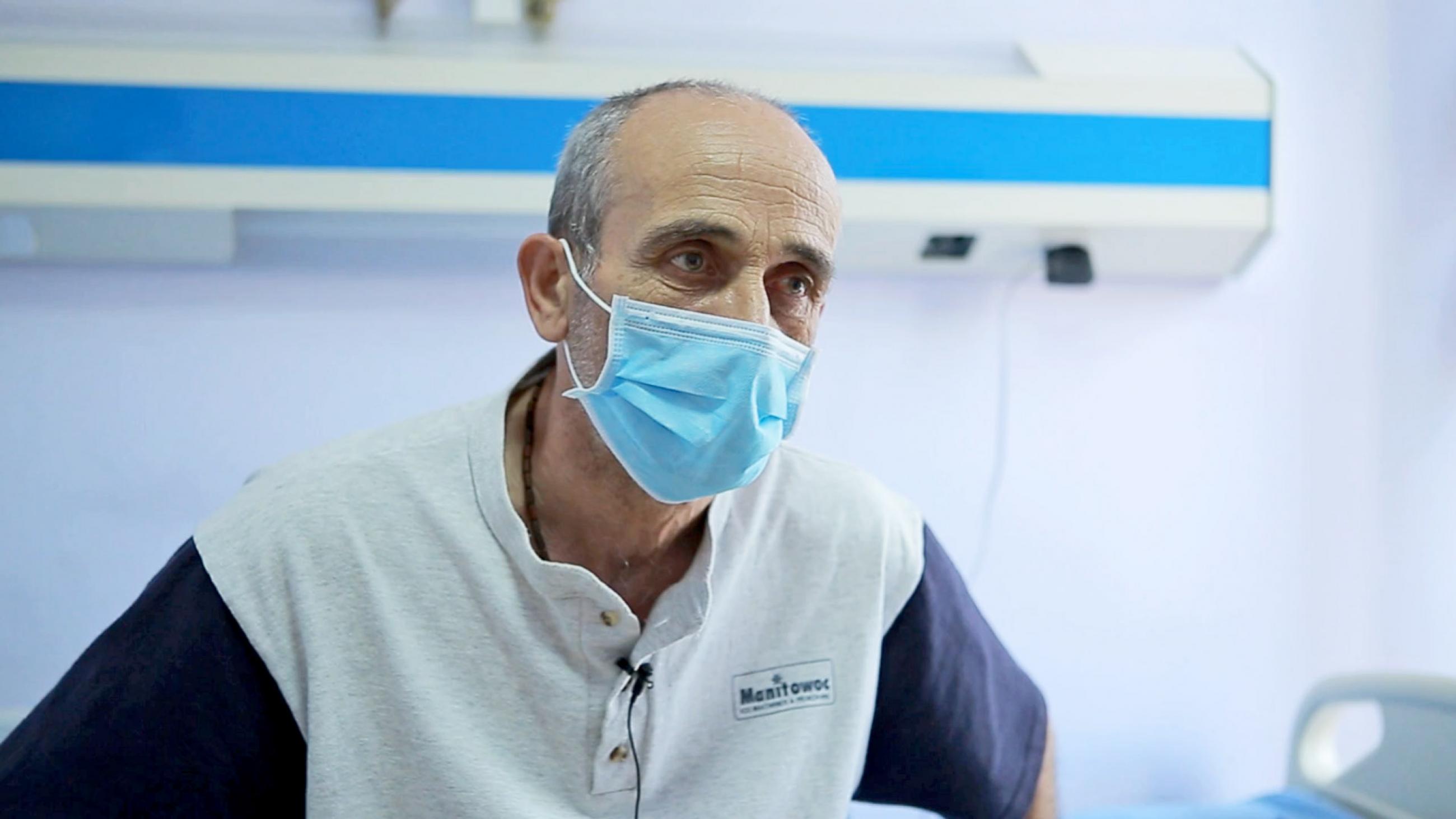
After contracting drug-resistant tuberculosis, Aaron Mazwedoda Zaba was unable to eat and he lost so much weight that he could not walk. When he began participating in an experimental drug trial—using a drug regimen called BPaL—he was confined to a wheelchair, but after six months of treatment, he regained his appetite and strength and he is now back at work. Zaba is from Soweto, in Johannesburg, South Africa.
Panganai Kapfude, 42, with his young son. Recently, after taking part in a TB Alliance-supported clinical trial that involved an experimental multi-drug treatment for drug-resistant TB, Kapfude returned to his job in construction and is able to support his family in Soshanguve, Pretoria, South Africa.
Orlando Lajo, 54, takes medicine for multi-drug resistant tuberculosis at a homeless shelter in the Carabayllo District, in Lima, Peru, on July 14, 2016. His treatment, a multi-dose regimen, was administered by a community health-care worker with the non-profit organization Partners in Health (PIH). PIH also uses mobile clinics and video calls to improve treatment adherence.
TB patient Arturo Maldonado, 25, lies in bed at the Hospital Muñiz in Buenos Aires, Argentina, where he received treatment on January 11, 2019.
A child with tuberculosis and her mother wait for treatment at the Blue House Dispensary—run by the international humanitarian medical organization Médecins Sans Frontières/Doctors Without Borders—in Nairobi, Kenya.
Ramazi lives in Tbilisi, Georgia, with his wife, three young children, and a small menagerie of pets. After a bout of drug-resistant tuberculosis, he left his job and decided to enroll in a drug trial for BPal—a multi-drug treatment regimen. His treatment was difficult, but it managed his symptoms successfully and he is back at work.
Besek Gvelesiani was first diagnosed with drug-resistant TB in 2004 and 2009, and was incapacitated by the side effects of treatment. He was diagnosed yet again with highly drug-resistant TB at the same time that a clinical trial called ZeNix was recruiting patients in Tbilisi, Georgia, his home. After six months of treatment and minimal side effects, he is healthy and has returned to his everyday life.
Francisco Verastegui, 56, receives his medicine for multi-drug resistant tuberculosis at El Progreso Health Centre in Lima, Peru, on July 14, 2016. His treatment was provided by Partners in Health.
Treating drug-resistant TB is particularly challenging and can take 20 to 30 months to complete. And patients often experience drug side effects, including nausea and vision issues. Even then, these complex and expensive treatments aren't very effective in the long term.
But researchers continue to seek new treatments that are shorter, more effective, and safer for patients. Recently, results from a TB Alliance clinical trial that treated 181 patients with highly-drug resistant TB in South Africa, Russia, Georgia, and Moldova, with two new drugs—bedaquiline (B) and pretomanid (Pa)—along with varying doses and durations of a third drug, linezolid (L), as part of a new treatment known as the BPaL, were encouraging and reported limited adverse side effects compared with traditional TB treatments. This month, another TB drug trial announced it has recruited patients from four continents.
EndTB, a partnership between Partners In Health (PIH), Doctors Without Borders, Interactive Research and Development, and UNITAID said that 750 patient volunteers from seven countries—Georgia, India, Kazakhstan, Lesotho, Pakistan, Peru, and South Africa—have enrolled in a phase 3 randomized controlled trial comparing five new treatment regimens for MDR-TB. They'll include two of three new TB drugs—bedaquiline and delamanid—in combination with existing oral TB drugs.
